Three Tropical 380-Million-Year-Old Fossil Forests Unearthed In Arctic Norway
MessageToEagle.com – UK researchers have unearthed ancient fossil forests, thought to be partly responsible for one of the most dramatic shifts in the Earth’s climate in the past 400 million years.
The fossil forests, with tree stumps preserved in place, were found in Svalbard, a Norwegian archipelago situated in the Arctic Ocean.
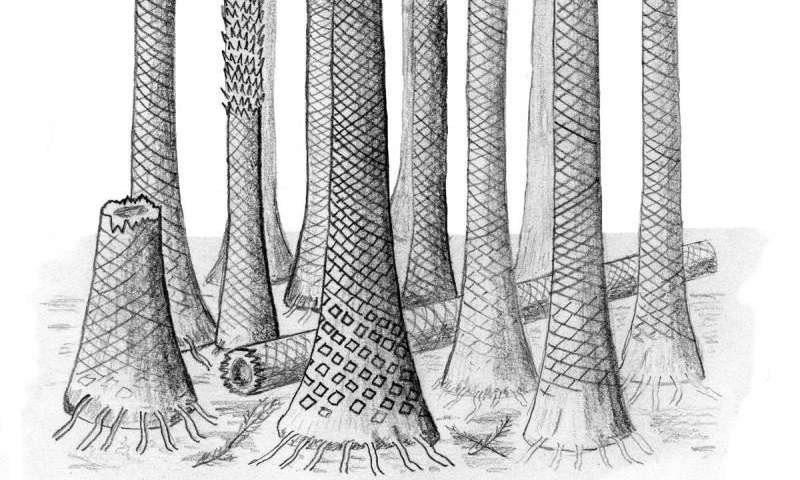
They were identified and described by Dr Chris Berry of the School of Earth and Ocean Sciences and dated to 380 million years by Prof John Marshall, of Southampton University.
The forests grew near the equator during the late Devonian period (420-360 million years ago), when our planet experienced a dramatic climate shift.
“These fossil forests shows us what the vegetation and landscape were like on the equator 380 million years ago, as the first trees were beginning to appear on the Earth,” said Dr Berry.
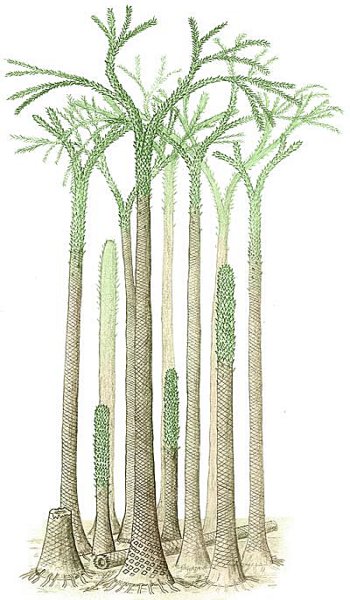
Current theories suggest that during the Devonian period there was a huge drop in the level of carbon dioxide (CO2) in the atmosphere, thought to be largely caused by a change in vegetation from diminutive plants to the first large forest trees.
Forests pulled CO2 out of the air through photosynthesis – the process by which plants create food and tissues – and the formation of soils.
Although initially the appearance of large trees absorbed more of the sun’s radiation, eventually temperatures on Earth also dropped dramatically to levels very similar to those experienced today because of the reduction in atmospheric CO2.
Because of the high temperatures and large amount of rainfall on the equator, it is likely that equatorial forests contributed most to the drawdown of CO2.
Svalbard was located on the equator around this time, before the tectonic plate drifted north by around 80° to its current position in the Arctic Ocean.
The team found that the forests in Svalbard were formed mainly of lycopod trees, better known for growing millions of years later in coal swamps that eventually turned into coal deposits – such as those in South Wales.
They also found that the forests were extremely dense, with very small gaps – around 20cm – between each of the trees, which probably reached about 4m high.
“During the Devonian Period, it is widely believed that there was a huge drop in the level of carbon dioxide in the atmosphere, from 15 times the present amount to something approaching current levels.
“The evolution of tree-sized vegetation is the most likely cause of this dramatic drop in carbon dioxide because the plants were absorbing carbon dioxide through photosynthesis to build their tissues, and also through the process of forming soils.”
The new findings have been published in the journal Geology.
MessagetoEagle.com
source: Cardiff University
Related Posts
-
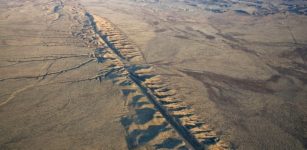 San Andreas Fault – The Most Dangerous Crack In America
No Comments | May 25, 2017
San Andreas Fault – The Most Dangerous Crack In America
No Comments | May 25, 2017 -
 Tourists Help Scientists Reveal Microplastic Pollution On Remote Arctic Beaches
No Comments | Jul 21, 2023
Tourists Help Scientists Reveal Microplastic Pollution On Remote Arctic Beaches
No Comments | Jul 21, 2023 -
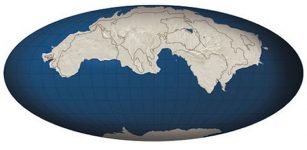 Amasia (‘Pangaea Proxima’): Next Supercontinent Will Appear And Form One Continent On Our Planet
No Comments | Mar 11, 2019
Amasia (‘Pangaea Proxima’): Next Supercontinent Will Appear And Form One Continent On Our Planet
No Comments | Mar 11, 2019 -
 Why Do We Have An Ice Age Every 100,000 Years?
No Comments | Oct 30, 2016
Why Do We Have An Ice Age Every 100,000 Years?
No Comments | Oct 30, 2016 -
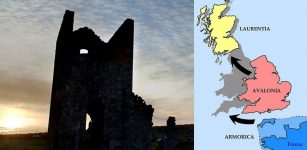 Secrets Of Armorica – Britain Was Formed From The Collision Of Three Ancient Continental Land Masses
No Comments | Sep 14, 2018
Secrets Of Armorica – Britain Was Formed From The Collision Of Three Ancient Continental Land Masses
No Comments | Sep 14, 2018 -
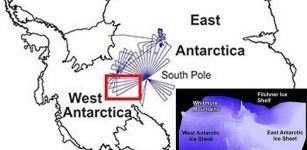 Previously Undetected Huge Subglacial Valleys And Mountains Discovered Near Antarctica’s South Pole
No Comments | May 26, 2018
Previously Undetected Huge Subglacial Valleys And Mountains Discovered Near Antarctica’s South Pole
No Comments | May 26, 2018 -
 Chaotic Solar System Responsible For Climate Changes – Ancient Rocks In Colorado Offer Evidence
No Comments | Mar 4, 2017
Chaotic Solar System Responsible For Climate Changes – Ancient Rocks In Colorado Offer Evidence
No Comments | Mar 4, 2017 -
 Sierra Nevada Range Was Born Twice – Study Reveals
No Comments | Dec 1, 2021
Sierra Nevada Range Was Born Twice – Study Reveals
No Comments | Dec 1, 2021 -
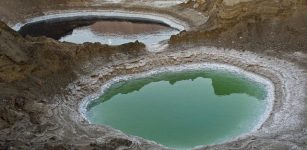 The Dead Sea Reveals Evidence Of Ancient Climate Change And A Warning For The Future
No Comments | Mar 24, 2017
The Dead Sea Reveals Evidence Of Ancient Climate Change And A Warning For The Future
No Comments | Mar 24, 2017 -
 The Ozone Hole Is Declining – Scientists Say
No Comments | Sep 15, 2018
The Ozone Hole Is Declining – Scientists Say
No Comments | Sep 15, 2018
